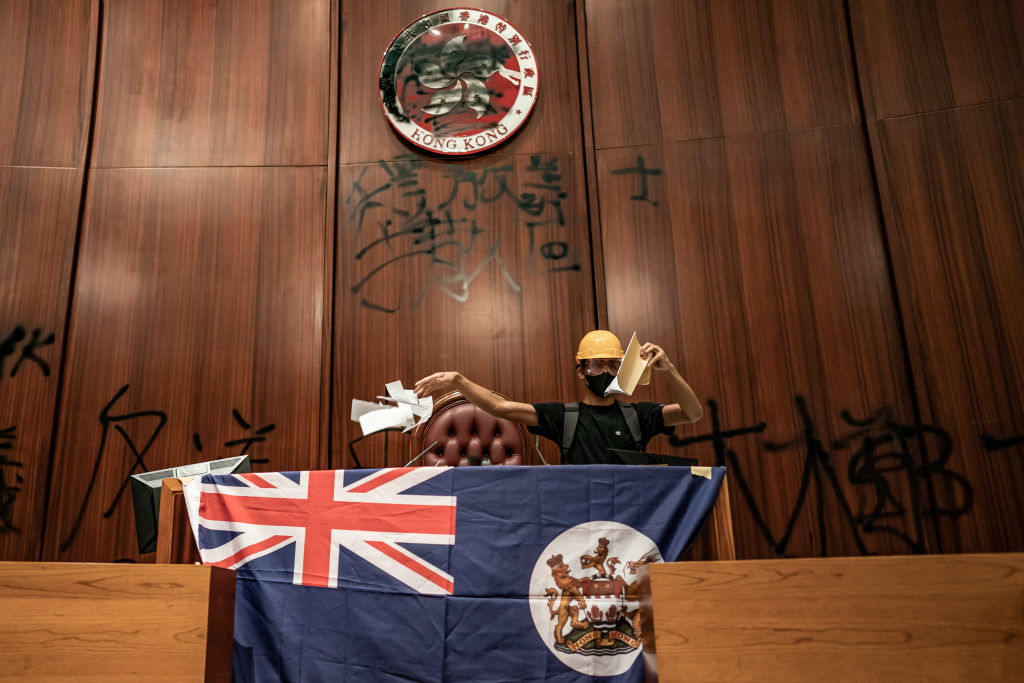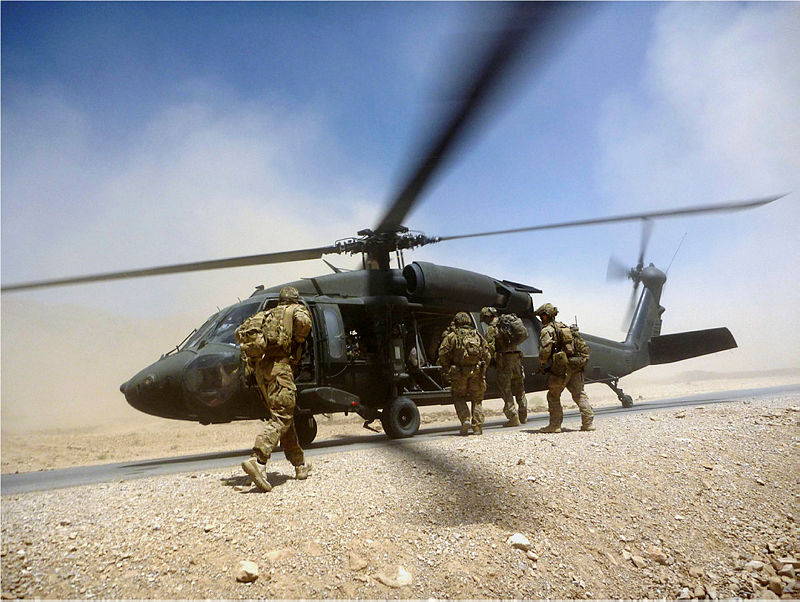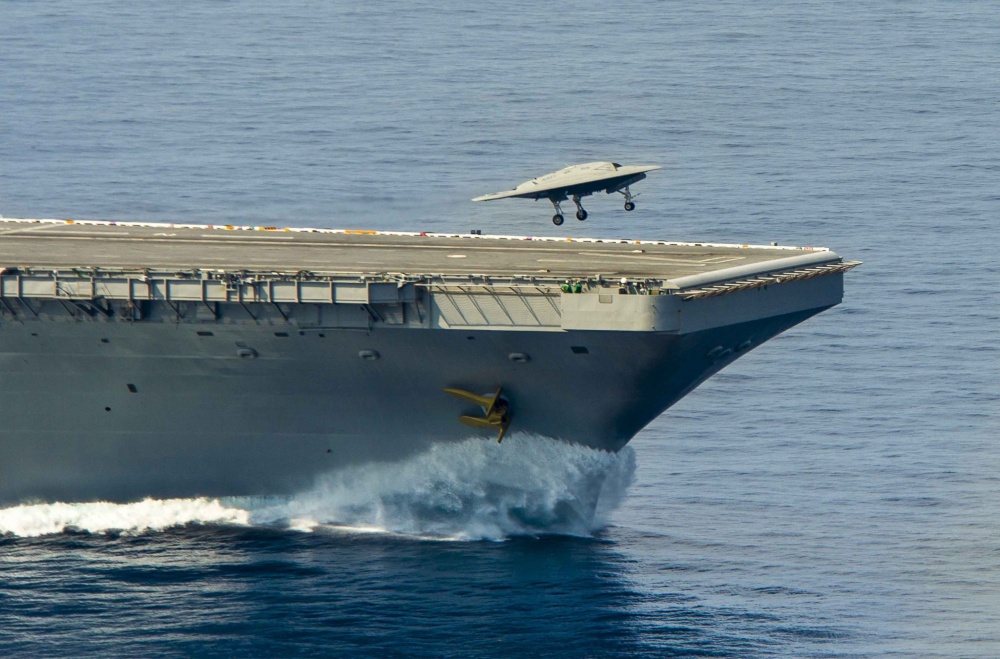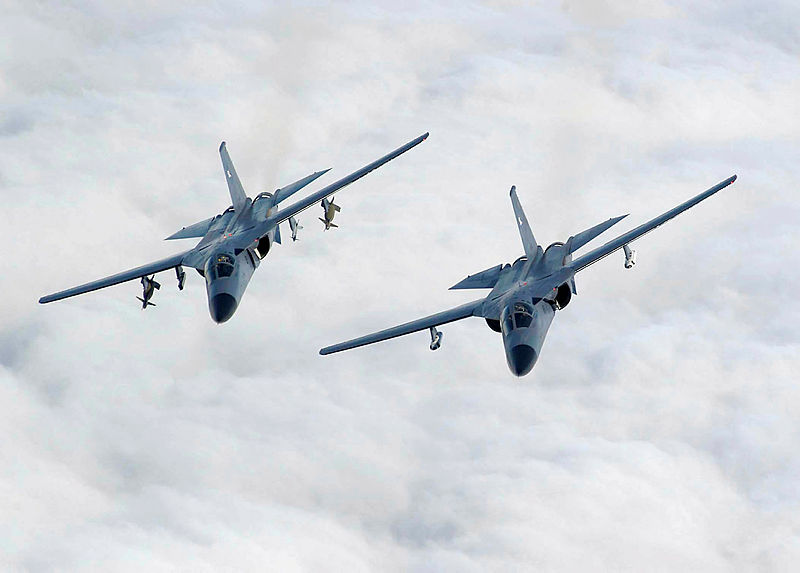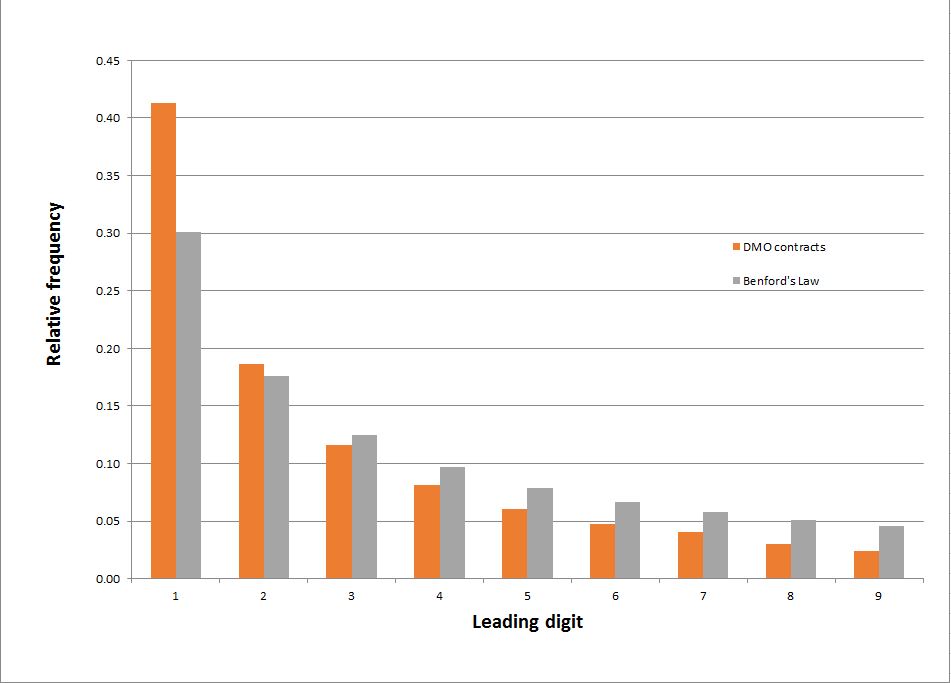A fortress with no water supply: Hugh White’s ‘How to defend Australia’

Hugh White, in his new book How to defend Australia, calls for a complete revision of Australia’s grand strategy and the force structure we maintain for our defence. His basic premise is simple. China is now so powerful that its domination of the East Asian and Southeast Asian periphery is inevitable, if not an accomplished fact. The era of America’s primacy has ended, and the result can only be the weakening and likely collapse of the alliance and security arrangements that have prevailed largely unchallenged for many decades.
In this situation, middle powers like Australia must look after their own security without the expectation—or even hope—of great-power support. White doesn’t believe that there are either sufficiently aligned interests or enough collective resolve for Australia to rely on any of the other actors in the region. Indeed, he suggests that there are enough possible sources of contention with India, Indonesia and even Japan that these nations need to be factored into Australia’s risk assessments.
White’s solution is to fall back on the defence of the Australian continent (which includes Tasmania but not our Indian Ocean islands) through what he terms a strategy of ‘maritime denial’ in which a combination of submarines, strike aircraft and long-range precision weaponry will constitute so formidable a proposition for any would-be aggressor that Australia can be sure of maintaining its territorial integrity.
He recognises that a force powerful enough to be an effective deterrent will involve much greater expenditure on defence than in the recent past. The money and the people will be found by the ruthless disposal of unsuitable capabilities (most notably, most of the current and planned surface combatants and amphibious units) in combination with increased taxation.
White has employed his unique place in the nation’s ‘strategic mafia’ to make a loud call for a different approach to grand strategy and to national defence. He is right to do so at a time when our strategic environment is becoming both more complex and more threatening. Above all, he’s right to urge that we take a dispassionate and coherent approach to Australia’s national security, one that truly reflects Australia’s independent national interests. But whether his proposals are right for Australia is another matter.
There are several problems with this book and its basic thesis. The first is the way the argument is made. White is one of the best writers in contemporary public life. His prose is eloquent and he has a remarkable ability to mount and sustain a debate. Yet there are rhetorical tricks which, once recognised, must create doubt in the mind of the reader, while loaded language is employed to describe decisions or events he doesn’t approve of.
The truth is there’s a certain amount of White’s own past as a senior defence bureaucrat infused in the text. Old policy and acquisition battles lost and won are reflected in the analysis, perhaps with residual bitterness about the ones lost. Criticism sometimes appears to be for its own sake—as in strictures against the navy’s new offshore patrol vessels, despite their appearing to fit almost exactly the form and function of the residual surface fleet which White proposes.
What are offered as possibilities early in the text eventually evolve into outright assertions, while in citing (not always correctly) historical examples, White is quick to insert counterfactuals—but only on his side of the argument. In his analysis of the Falklands War of 1982, for example, White comments that more powerful Argentinian air and submarine forces would have produced a very different result.
That’s true, but, to come at it from the other way, if the British had possessed basic airborne early warning and control—a capability which they were able to make operational just after the end of the war—their losses would have been much, much smaller. In short, the writing is fluent, but the analysis unbalanced.
Another problem is that the thesis not only focuses on classical state-on-state conflicts but rests upon a belief that nations must act solely to protect their own interests. White even cites Britain’s 19th-century prime minister and foreign secretary, Lord Palmerston, to that effect. The result is that White largely rejects the value of alliances in our new strategic environment.
The fact that the British were always prepared to involve themselves in alliances when and where needed is given little recognition. White is right not to minimise the challenges of our relationships with India, Indonesia and Japan, but he is wrong to be so dismissive of our potential to work together to mutual benefit. Much more should have been said about why he thinks partnerships can’t work in the 21st-century Indo-Pacific.
The fixation with traditional state-on-state rivalries creates another concern. Our strategic environment is becoming increasingly complex not just because of changing power balances, but because of other developments in the world around us, of which climate change is perhaps the most important.
No future grand strategy can ignore this reality, either in the requirement to manage these problems directly or to cope with the knock-on effects, which may well result in new sources of interstate conflict. White says very little about this and the book feels curiously old-fashioned as a result. Nor is much thought given to the ways in which a potential adversary could seek to apply strategic pressure on Australia indirectly—for example, by fomenting instability in Australia’s environs.
Lower- and higher-order threats are not easily separable as White’s thesis implies. Indeed, his prescription for investing so narrowly in high-end military capabilities reads like a virtual invitation for potential adversaries to think of innumerable ways to make life difficult for an isolated Australia, against which White’s highly specialised, high-end force structure would be ill-equipped to respond.
Despite his lucid exposition of the concepts of sea control and sea denial, White fails to grasp that not all strategy is about territory. This has long been a fundamental problem with his approach to Australia’s defence. In part, White’s constant failure to recognise how vital the continued passage of shipping is to our existence can be excused by his conviction that the protection of merchant ships is now an impossibility.
He believes not only that attacks on shipping will come only as part of a major, unlimited conflict but that any threat to one’s own sea lanes can best be met by threatening the adversary’s sea communications in turn. There are ironies here. First, many of White’s arguments about the complexity of commerce and ownership making the targeting of merchant shipping improbable, if not impossible, were made before 1914. Second, as recent events in the Strait of Hormuz have confirmed, threats to merchant shipping still manifest themselves in many ways and at many levels of conflict.
Most critically, White gives very little time to Australia’s energy dependence and how it would affect his strategy of denial. He proposes stockpiling fuel and looking at our refining capability, but doesn’t say much about how supplies could be managed in the long term, whether to operate our military assets or to keep the nation itself at work.
In this aspect above all, White’s proposals are analogous to designing the fortifications and defensive weapons for a castle without ensuring provision of its water supply. Without the latter, no matter how sophisticated the catapults, it will only be a matter of time before the fortress must fall—and without the need for much action by the besieging force.
It’s significant that White should use his own interpretation of Britain’s historical strategy as the foundation for analysing the Australian situation. It’s true that the British sought to secure the English Channel, ensure that no great power gained control of the low countries (Belgium and the Netherlands), and prevent any single power from dominating the European continent. But this is incomplete as a description of what the British needed to do.
By the end of Palmerston’s career, the combined effects of Britain’s adoption of free trade and the industrial revolution were creating new dependencies. Britain had become vulnerable not in relation to energy—its coal fields prevented that—but food. Where Australia has only a few weeks of fuel to hand, Britain had only a few weeks of wheat and other staples, creating the same need to ensure the protection of such vital supplies.
The technological factors which White employs to support his ideal force structure are also curiously dated and incomplete. In this context, White’s ideal reflects a paradigm of the 1980s and 1990s, not 2019 and after—which may indicate that White is no exception to the problem all of us have in keeping up with technological change.
What’s particularly surprising is the limited space given to the networks and sensors which will be vital to making ‘maritime denial’ work, as well as limited acknowledgement of the challenges Australia would face in maintaining the ‘system of systems’ of sensors, communications, targeting and platforms such as the F-35 without substantial external assistance.
What’s even more surprising is the relative absence of analysis of the stresses that cyberattacks will put on these systems, the extent to which cyber warfare will be interwoven with kinetic effects, and the extent to which we will need to develop capabilities that can operate in electromagnetic and data environments that are highly contested. This may be because some of the assertions as to the absolute superiority of White’s favoured systems in combat could thus be called into question.
In sum, How to defend Australia is an engaging read on a very important subject, but must be studied with great care, a critical eye and constant awareness that there is more to national strategy than fortress defence.
Its value lies not so much in the credibility of the author’s construct for our future security but as the start of a conversation that Australia needs to have in the light of new uncertainties.
